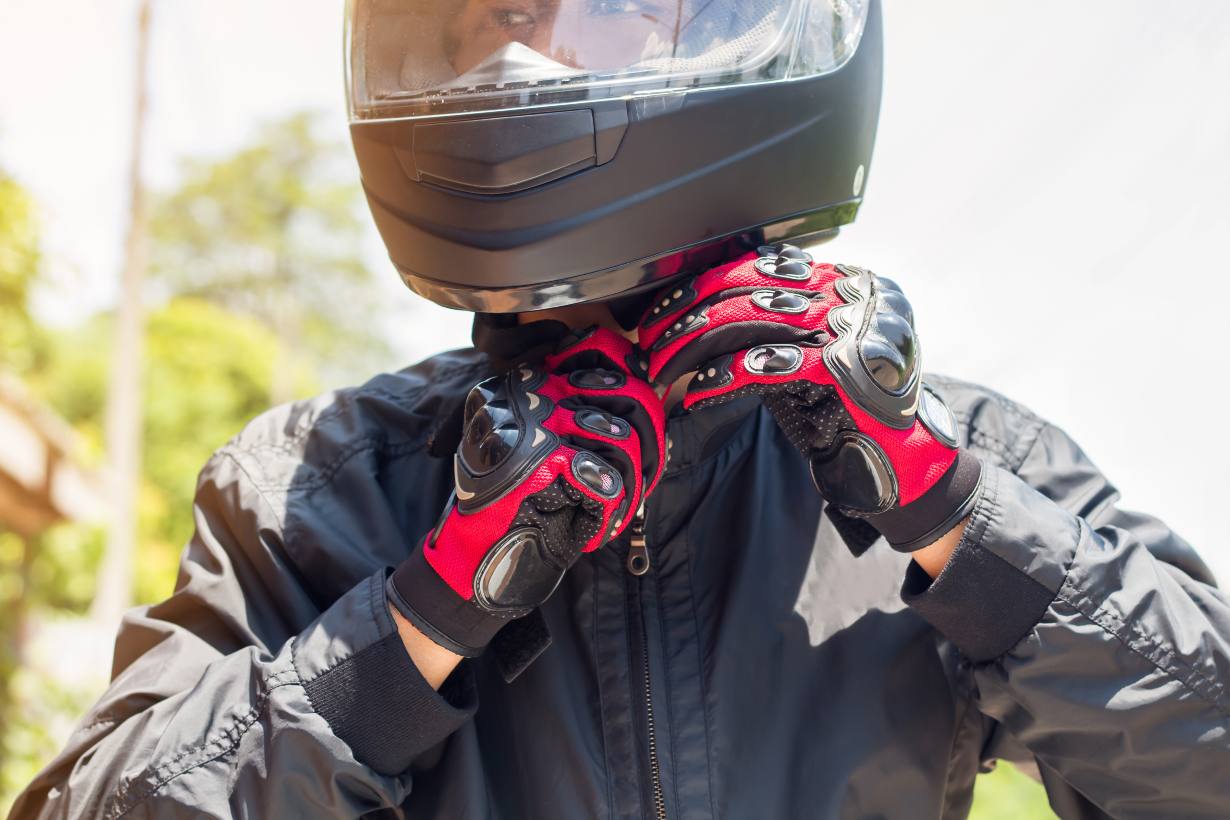For modern riders, connectivity is essential. Bluetooth-enabled helmets have transformed the riding experience by allowing riders to stay connected while keeping their hands on the handlebars.
With these helmets, you can answer calls, listen to music, navigate routes, and communicate with other riders – all without the need for separate devices.
This guide covers the benefits of Bluetooth-enabled helmets, their must-have features, safety tips, and how to choose the perfect model for your riding needs.
1. What is a Bluetooth-Enabled Helmet?
- Definition and Design: A Bluetooth-enabled helmet integrates wireless technology into a standard helmet, allowing for hands-free communication and media playback.
- How It Works: Bluetooth technology in the helmet connects to devices like smartphones, GPS, and other Bluetooth-enabled helmets within a specific range, usually up to a few hundred feet.
2. Benefits of Bluetooth-Enabled Helmets
- Hands-Free Communication: Answer calls without removing your hands from the handlebars, making it safer and easier to stay connected.
- Music and Media Streaming: Listen to your favorite songs, podcasts, or even audio books to make long rides more enjoyable.
- GPS Navigation: Receive audio directions directly into your helmet, helping you stay on course without having to look at your phone.
- Intercom Feature: Many Bluetooth helmets offer intercom capabilities, allowing you to communicate with fellow riders within a certain range, ideal for group rides.
- Enhanced Safety and Focus: Bluetooth helmets reduce the need to handle devices, allowing riders to focus on the road and minimize distractions.
3. Key Features to Look for in a Bluetooth-Enabled Helmet
- Audio Quality: Look for helmets with high-quality speakers and noise cancellation to ensure clear communication even at high speeds.
- Battery Life: Consider helmets with long battery life (ideally 8+ hours of talk time) for longer rides and quick charging options.
- Range of Connectivity: Different helmets offer various connection ranges for intercoms, with some models reaching up to 1 mile.
- Compatibility with Devices: Check that the helmet’s Bluetooth system is compatible with your smartphone and GPS devices.
- Comfort and Fit: Bluetooth helmets may be slightly heavier due to the added tech, so a comfortable fit is crucial to avoid strain.
- Water Resistance: Water-resistant or weatherproof models are ideal, especially for riders who may encounter rain or damp conditions.
4. Safety Aspects of Bluetooth-Enabled Helmets
- Safety Certifications: Look for helmets that meet DOT, ECE, or Snell safety standards to ensure solid protection.
- Reduced Distractions: While Bluetooth helmets enable connectivity, it’s important to avoid excessive use, such as frequent calls or media changes, while riding.
- Ease of Use: Bluetooth helmets should have easy-to-use controls that are accessible with gloves on, minimizing the need to look away from the road.
5. Popular Bluetooth-Enabled Helmet Models and Brands
- Top Brands: Sena, Cardo, HJC, Shoei, and FreedConn are leaders in Bluetooth helmet technology.
- Model Comparison: A look at some popular models in different price ranges, highlighting features like intercom range, battery life, and audio quality.
6. How to Pair and Use a Bluetooth Helmet
- Pairing with Devices: Step-by-step instructions on pairing the helmet with a smartphone, GPS, or other Bluetooth devices.
- Basic Functions: Tips for making calls, adjusting volume, playing media, and using the intercom.
- Using Voice Commands: Many Bluetooth helmets support voice commands, which can be useful for hands-free operation with compatible devices.
7. Maintenance and Care Tips
- Battery Maintenance: Charge the battery after each use and avoid letting it drain completely, which can extend battery life.
- Cleaning and Care: Tips for cleaning the helmet without damaging the Bluetooth components or speakers.
- Storage Tips: Store in a cool, dry place to avoid moisture or heat damage, which can affect electronic components.
8. Frequently Asked Questions (FAQs)
- Can I replace the Bluetooth system in my helmet?
- How long does the battery last on average?
- Are Bluetooth helmets safe in terms of radiation exposure?
- What’s the difference between built-in Bluetooth and add-on Bluetooth systems?
- How do I prevent my Bluetooth helmet from disconnecting?
Conclusion
Bluetooth-enabled helmets provide an unparalleled riding experience, combining safety, connectivity, and convenience.
By choosing a helmet with reliable Bluetooth features, good audio quality, and long battery life, riders can enjoy the benefits of hands-free communication, music, and navigation.
Whether you’re on a solo trip or a group ride, a Bluetooth helmet enhances your journey, helping you stay connected and focused on the road.








